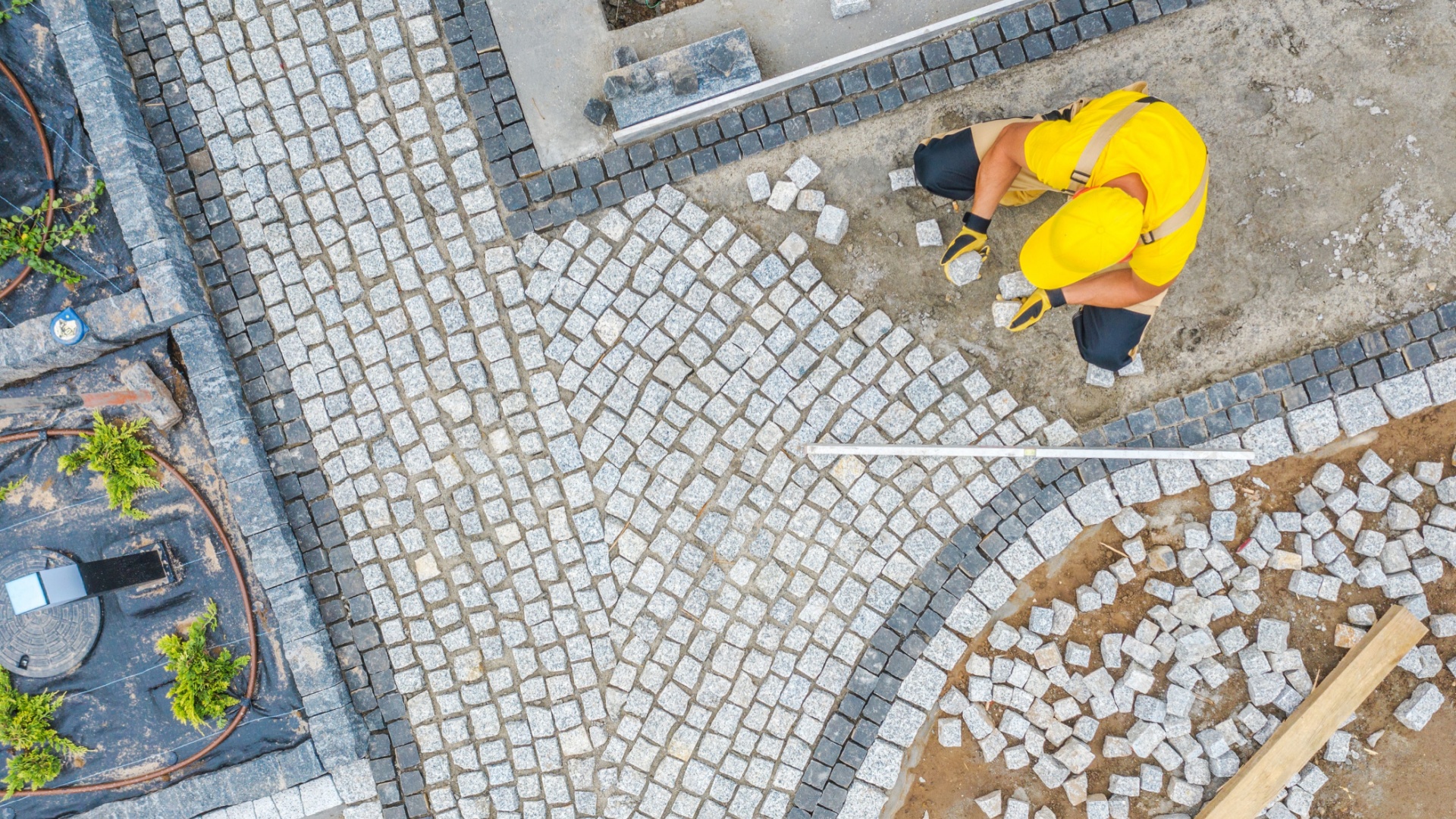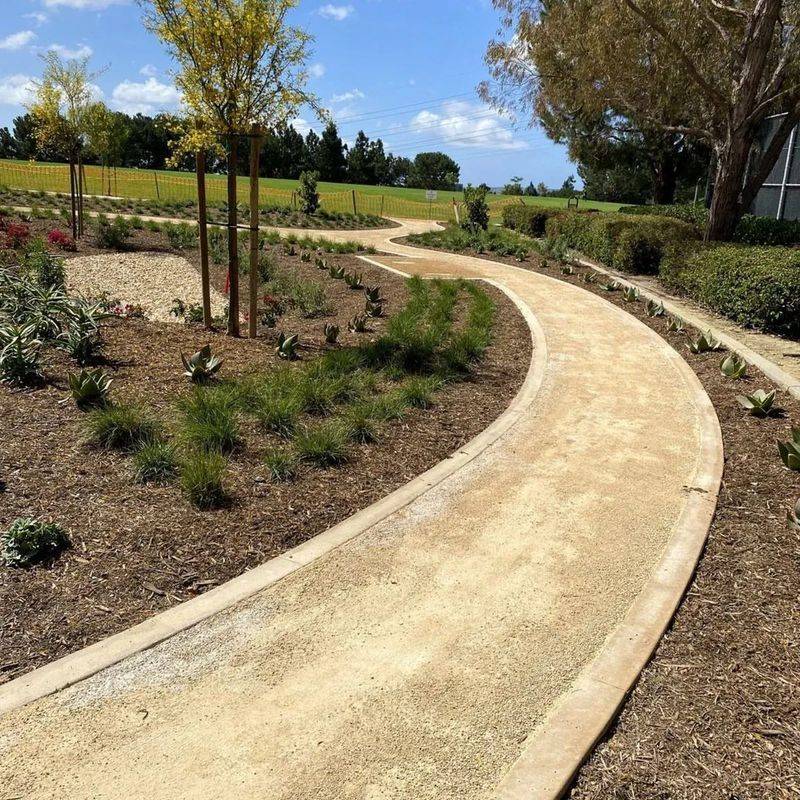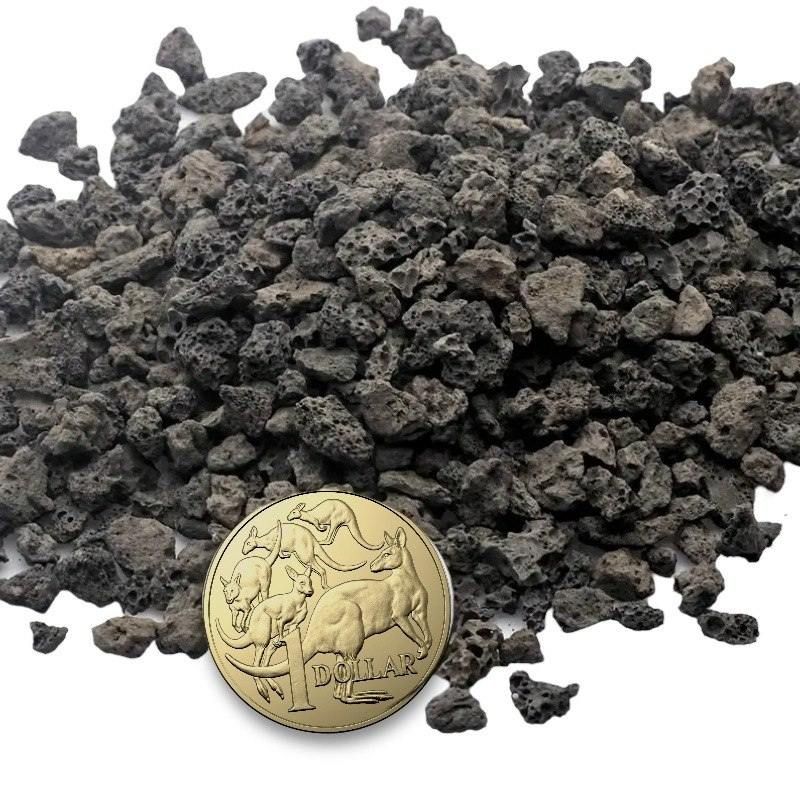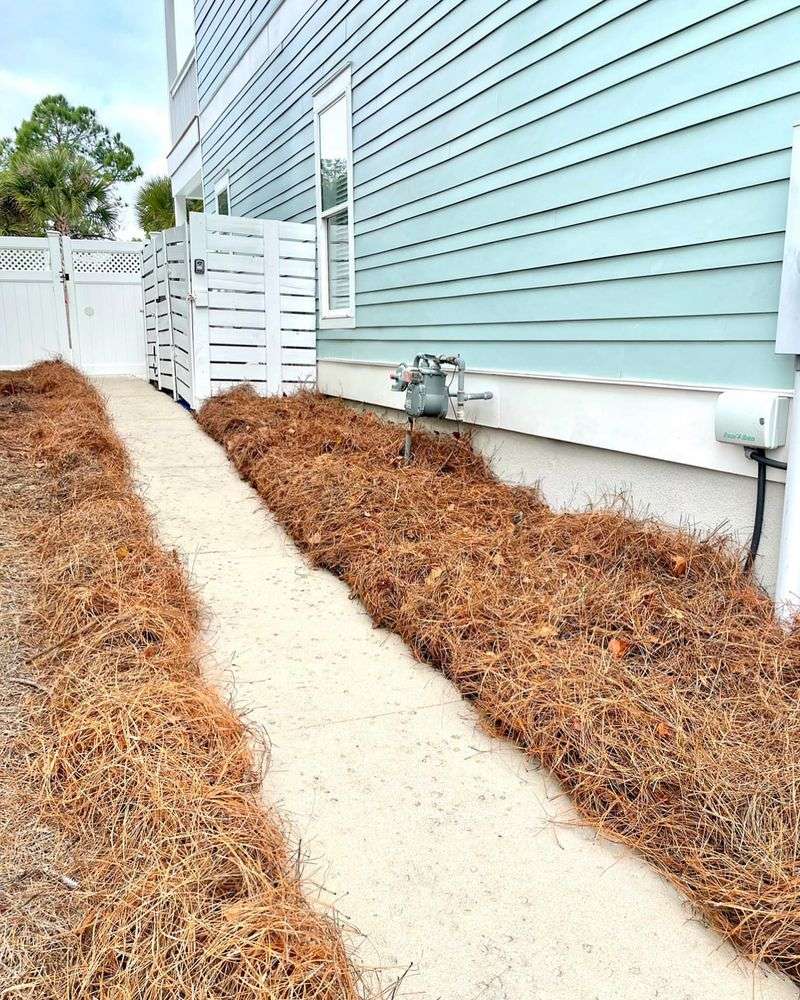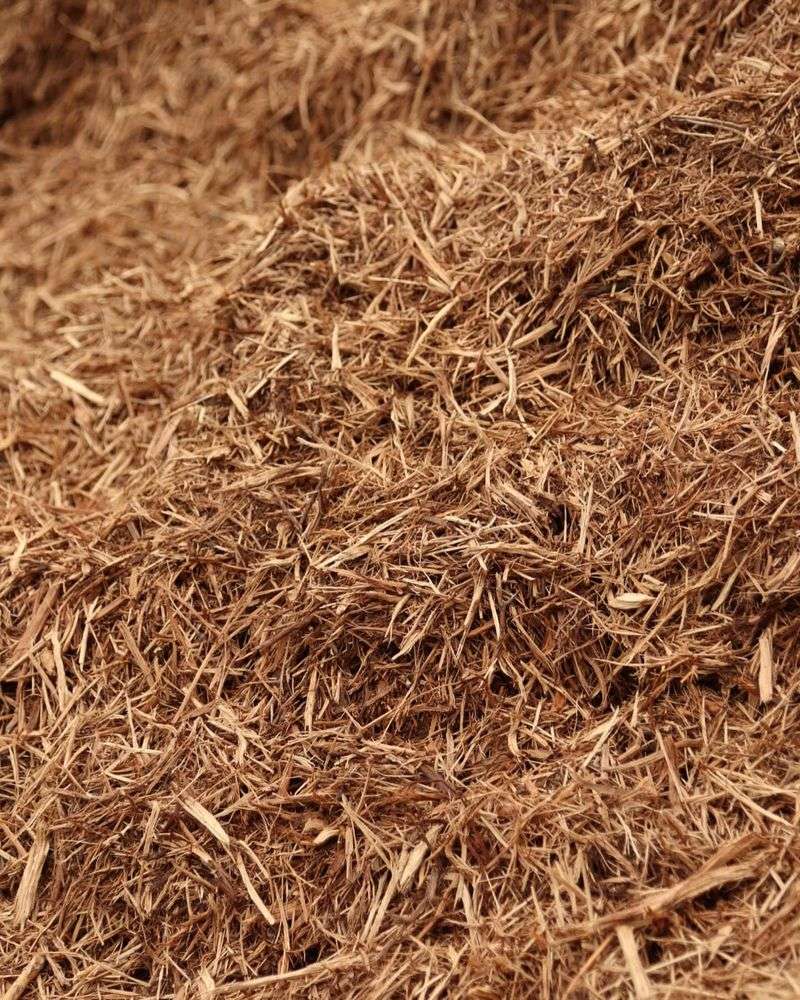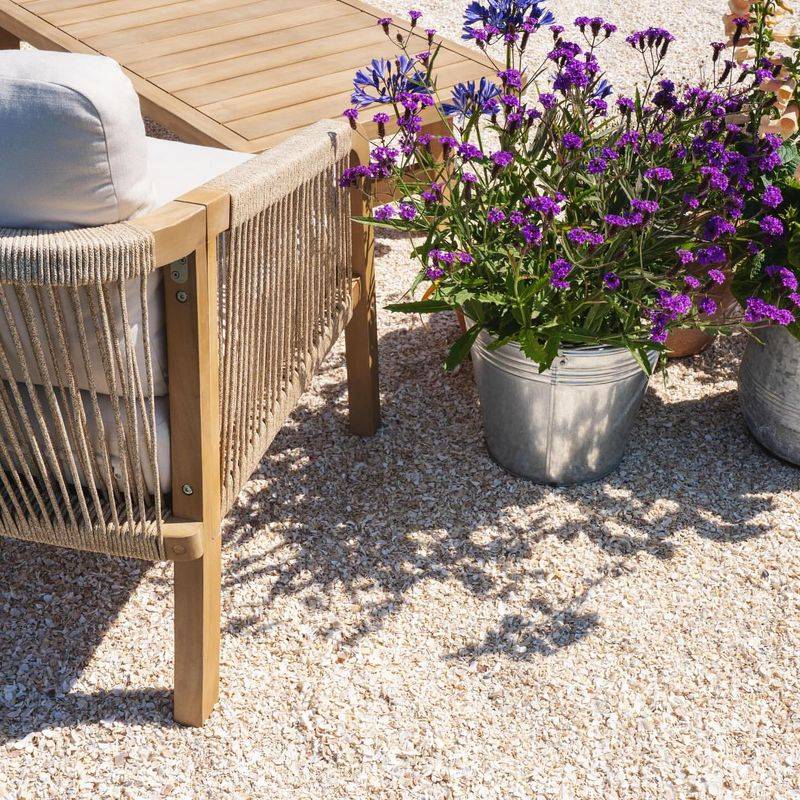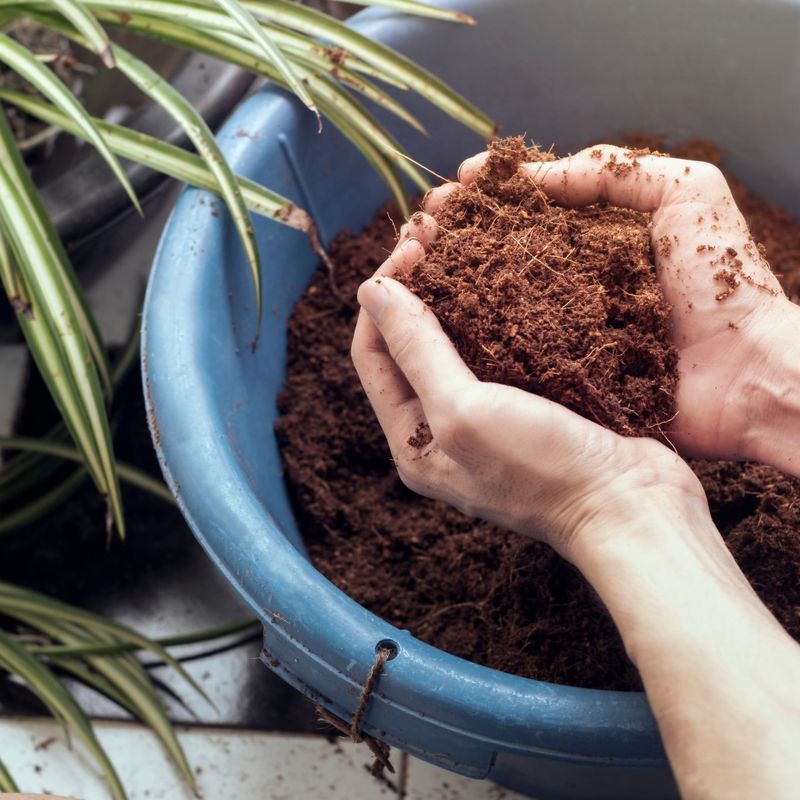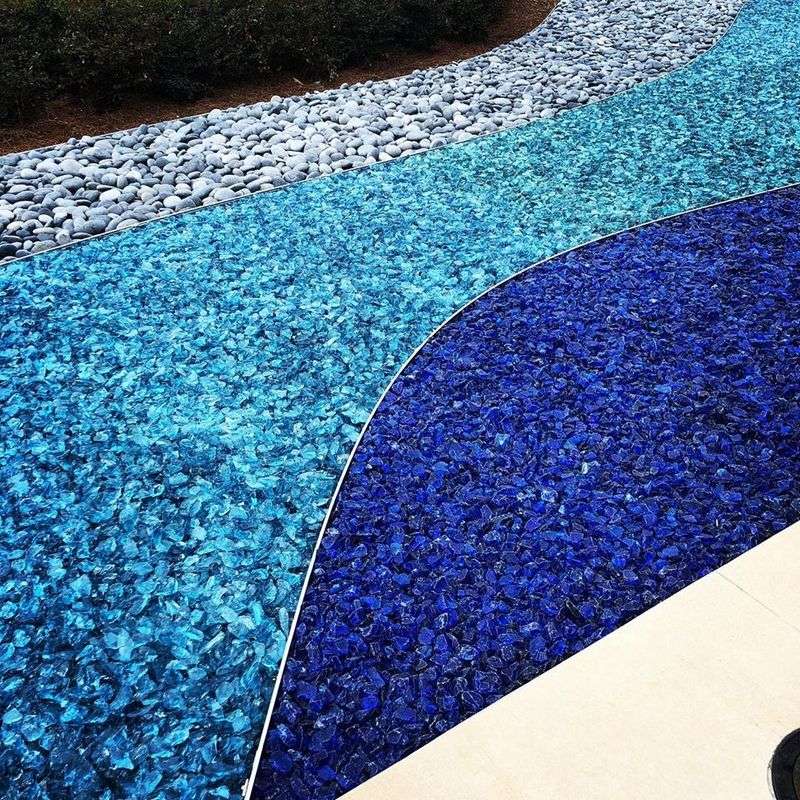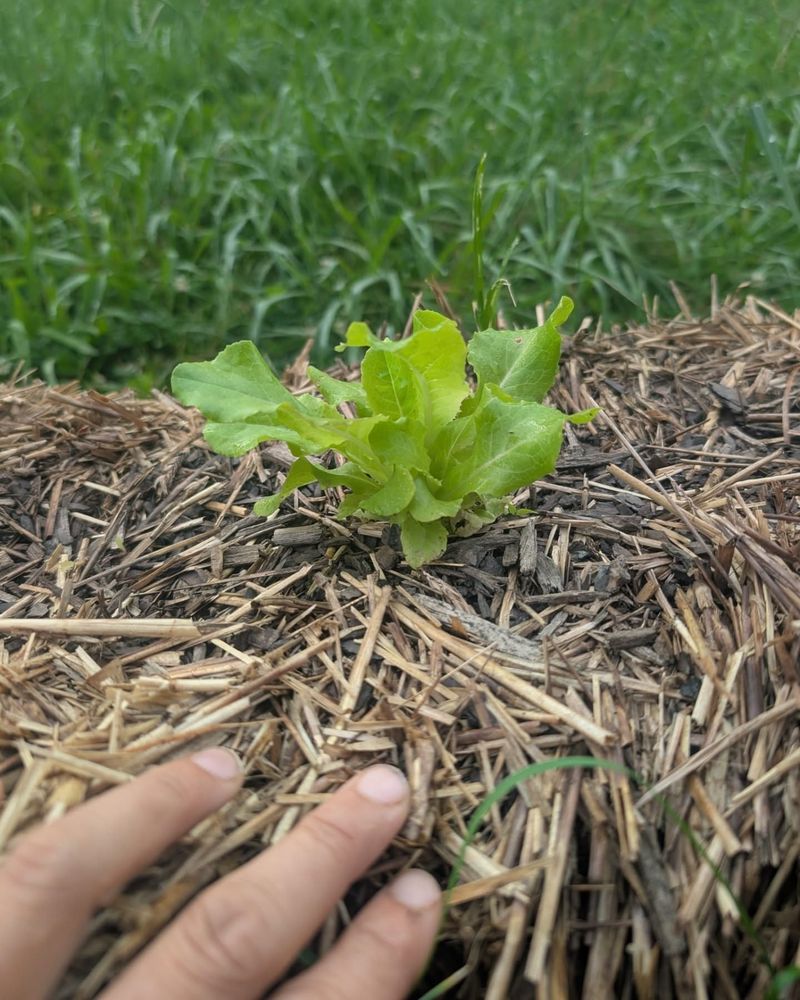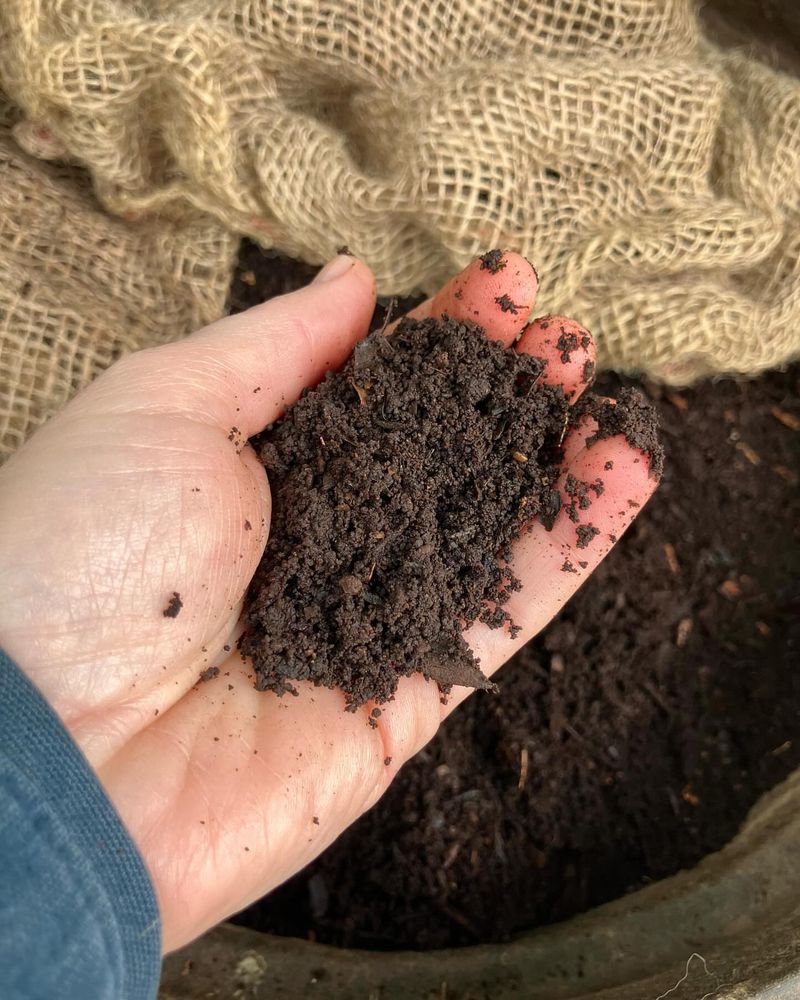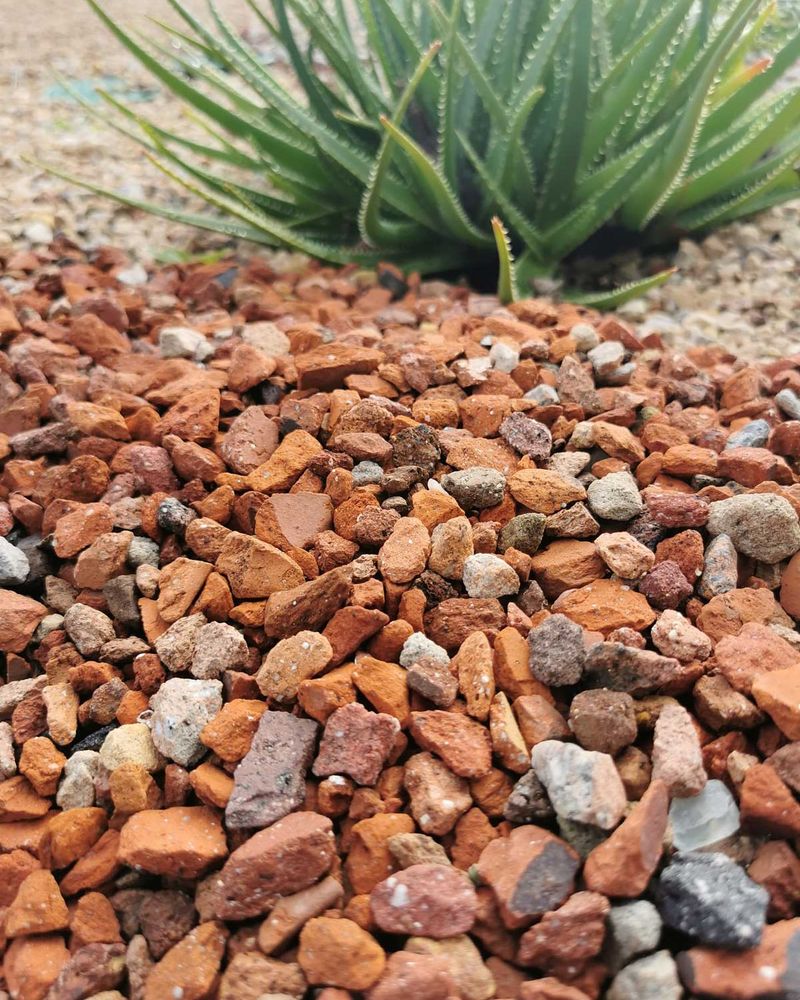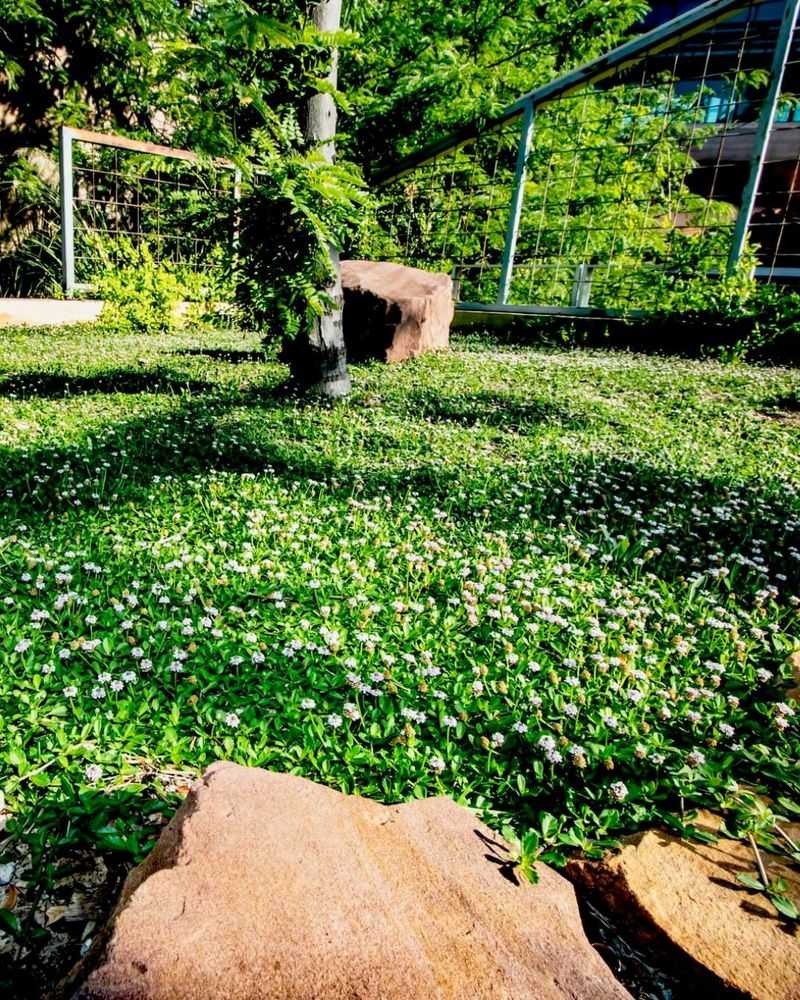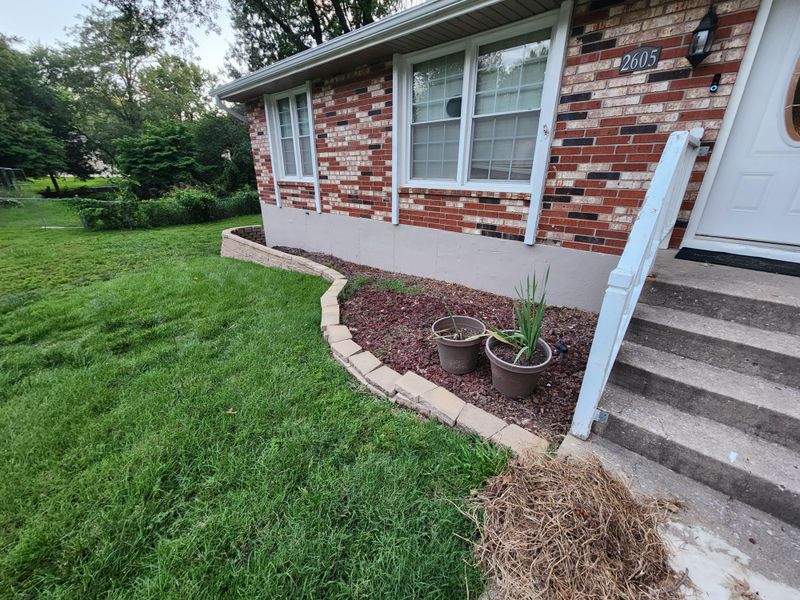In Nevada’s dry, rugged landscapes, landscape fabric often promises more than it delivers. It shifts, tears, and lets weeds slip through the cracks. Luckily, there are smarter gravel-ready options that hold up better in harsh sun and stubborn soil.
These alternatives block weeds, stay in place, and let your rock beds look clean, natural, and low-maintenance—just the way desert landscaping should be.
1. Decomposed Granite
Decomposed granite offers a natural desert look while effectively suppressing weeds in Nevada landscapes. The fine, rusty-colored particles lock together when wet, creating a firm surface that water can still penetrate.
Unlike landscape fabric that deteriorates over time, decomposed granite actually improves soil quality as it breaks down. Many Nevada homeowners appreciate how it complements native plants and doesn’t reflect heat like traditional gravel.
2. River Rock Mulch
Smooth, rounded river rocks create striking visual interest in Nevada yards while providing excellent weed control. Their substantial weight prevents them from blowing away during our famous desert windstorms.
River rocks come in various sizes and natural colors, allowing for creative design possibilities. The spaces between rocks permit better water penetration than landscape fabric, helping precious moisture reach plant roots instead of running off.
3. Crushed Volcanic Rock
Red or black crushed volcanic rock adds dramatic flair to Nevada landscapes while serving practical purposes. This porous material absorbs heat during our scorching days and releases it at night, creating a beneficial microclimate for plants.
Volcanic rock doesn’t compact like gravel or deteriorate like fabric, making it a long-lasting investment. Many Nevada gardeners report improved plant growth when using this material, as it slowly releases beneficial minerals into the soil.
4. Pine Needle Mulch
Pine needle mulch works surprisingly well in Nevada’s higher elevation areas. The needles interlock naturally, preventing them from blowing away in our strong winds while creating an effective barrier against weeds.
As they decompose, pine needles add slight acidity to our typically alkaline Nevada soils, benefiting acid-loving plants. Their light color reflects sunlight, keeping soil temperatures cooler during intense summer heat and reducing water evaporation.
5. Shredded Cedar Bark
Cedar bark mulch brings a rich, aromatic quality to Nevada gardens while naturally repelling many insects. The shredded texture allows pieces to interlock, preventing them from blowing away during our frequent windstorms.
Unlike landscape fabric that blocks moisture, cedar bark actually absorbs water and slowly releases it to plants. Nevada gardeners particularly value its natural appearance and how it gradually breaks down to improve soil structure in our challenging desert conditions.
6. Crushed Seashells
Crushed seashells offer an unexpected twist for Nevada landscapes while providing excellent drainage and weed suppression. Their light color reflects heat rather than absorbing it, keeping soil temperatures lower during our intense summer months.
As shells gradually break down, they release calcium into our often calcium-deficient Nevada soils. Many gardeners use them in Mediterranean-style landscapes or around drought-tolerant plants that appreciate the additional minerals.
7. Rubber Mulch
Made from recycled tires, rubber mulch offers exceptional durability in Nevada’s harsh climate. Unlike landscape fabric that cracks in our intense UV exposure, rubber mulch maintains its appearance for years without fading or breaking down.
The bouncy texture makes it ideal for play areas, absorbing impact better than hard gravel. Nevada homeowners appreciate how it doesn’t attract pests like organic mulches might, while still providing excellent weed suppression and water conservation benefits.
8. Pecan Shell Mulch
Pecan shell mulch provides a unique, sustainable option for Nevada gardens. The shells’ natural oils resist decomposition, making them last longer than other organic mulches in our extreme desert conditions.
Their medium-brown color complements our landscape’s natural palette while blocking weed growth effectively. Nevada gardeners report that pecan shells don’t float away during heavy monsoon rains like lighter mulches might, and they add valuable nutrients to soil as they slowly break down.
9. Coconut Coir
Coconut coir offers remarkable water retention properties, making it valuable in Nevada’s arid climate. Made from coconut husks, this sustainable material holds moisture near plant roots without becoming waterlogged.
Unlike landscape fabric that prevents soil improvement, coir gradually breaks down to enhance soil structure. Many Nevada gardeners use it in vegetable gardens or around new plantings where moisture conservation is crucial, appreciating how it doesn’t blow away in our frequent winds.
10. Tumbled Glass Mulch
Recycled tumbled glass mulch adds sparkle to Nevada landscapes while serving practical purposes. The smooth, rounded pieces come in various colors and catch sunlight beautifully without creating dangerous sharp edges.
Glass mulch doesn’t decompose or fade in our intense desert sun, making it truly maintenance-free. Nevada homeowners particularly value its unique appearance in accent areas and how it doesn’t harbor pests or diseases like organic materials sometimes can.
11. Straw Bale Gardening
Straw bale gardening eliminates the need for landscape fabric entirely by creating raised growing areas from compressed straw bales. As bales decompose in Nevada’s heat, they create rich growing medium right where plants need it.
This method works beautifully for vegetable gardens in our challenging desert soils. Nevada gardeners appreciate how the straw retains moisture while providing excellent drainage, and the raised height makes gardening more accessible while keeping plants away from soil-borne pests.
12. Compost Blanket
A thick compost blanket serves as a living alternative to landscape fabric in Nevada gardens. Unlike inert materials, compost actively improves soil structure while suppressing weeds through its depth and texture.
Nevada gardeners value how compost helps retain moisture in our dry climate while adding essential nutrients. The dark color absorbs heat in winter to extend our growing season, while its organic matter creates habitat for beneficial soil organisms rarely seen in our harsh desert conditions.
13. Crushed Brick
Recycled crushed brick creates a distinctive Mediterranean look in Nevada landscapes while effectively controlling weeds. The material’s rusty red color complements our desert palette and doesn’t fade despite intense sun exposure.
Crushed brick allows water penetration while discouraging weed growth through its rough texture. Nevada homeowners appreciate its heat-retaining properties for areas where they want to extend growing seasons, as it releases stored warmth during our chilly desert nights.
14. Living Ground Covers
Living ground covers like woolly thyme or ice plant eliminate the need for landscape fabric by naturally suppressing weeds. These low-growing plants spread to create dense mats that choke out unwanted vegetation.
Many varieties thrive in Nevada’s climate while requiring minimal water once established. Nevada gardeners particularly value how living ground covers prevent soil erosion during our intense summer monsoon rains and add color through seasonal blooming, creating habitat for beneficial pollinators.
15. Mineral Mulch Blends
Custom mineral mulch blends combine materials like crushed stone, sand, and decomposed granite to create the perfect texture for Nevada’s conditions. Unlike uniform gravel, these blends offer varied particle sizes that lock together, preventing erosion during our flash floods.
Local landscape suppliers often create regional mixes specifically for Nevada’s climate challenges. Gardeners appreciate how these blends complement our natural desert landscape while providing superior weed control and allowing proper water penetration to support native plant growth.

